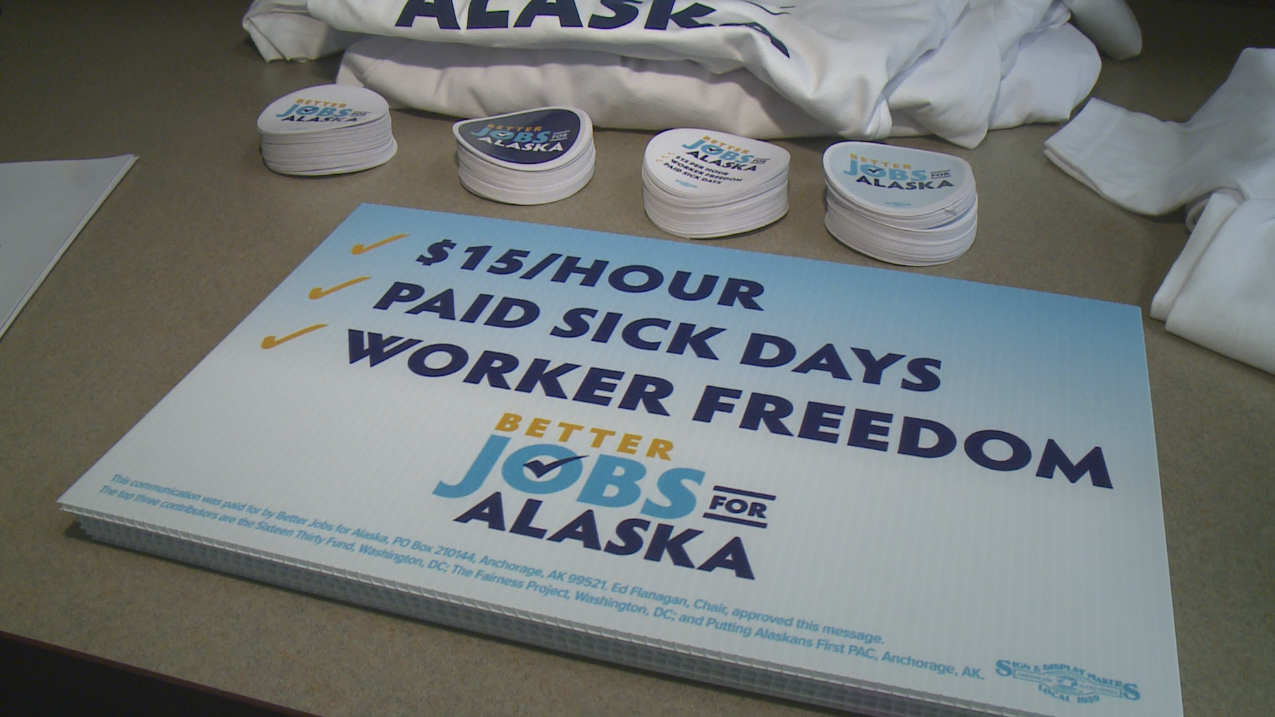On February 9, 2023, the U.S. Department of Labor issued Field Assistance Bulletin No. 2023-1 (FAB) to guide employers to ensure workers who telework are correctly paid under the Fair Labor Standards Act (FLSA) and Family Medical Leave Act (FMLA). In addition, the FAB includes guidance on the upcoming Providing Urgent Maternal Protections for Nursing Mothers Act (PUMP Act), which goes into effect on April 28, 2023.
As a reminder, the employer must maintain an accurate record of hours worked for all employees, including teleworkers. When it comes to FLSA and remote workers, the guidelines come down to when an employee commences their first “principal activity” and when the employee ceases such activity.
Break Time
Improperly measuring break time in an employee’s workday is often where labor violations occur. For example, FLSA deems bona fide meal breaks (typically 30 minutes or more) in which an employee is completely relieved from duty for the purposes of eating regular meals are not worktime. Similarly, breaks longer than 20 minutes and the employee being completely relieved from duty are not hours worked. In California, the meal break must be 30 continuous minutes with no rounding of time permitted.
For most teleworkers to be completely relieved from duty, they may leave the job and will not have to commence work until a specified time elapsed. In most instances, the employer allows the employee to choose the time of day they start their meal break.
The FAB cites two telework examples showing when time is not work time under FLSA.
“Example #2: Employee B works from home and is allowed flexibility to set their own schedule. Employee B starts work at 7:00 AM, takes a one-hour break from 8:00 AM to 9:00 AM to get their children ready for school, and resumes work at 9:00 AM. The period between 8:00 AM and 9:00 AM is not work time under the FLSA because Employee B is completely relieved from duty, chooses when to resume work, and is able to use the time for their purposes effectively.”
“Example #3: Employee C teleworks from home and has an arrangement with their employer where Employee C works from 9:00 AM to 4:00 PM, takes a three-hour break from 4:00 PM to 7:00 PM, and returns to work at 7:00 PM and works until 8:00 PM Employee C is free to do whatever Employee C chooses during this three-hour break, including staying at home to make dinner and do laundry, for example. Under these circumstances, because Employee C is relieved from duty and is able to effectively use the period between 4:00 PM and 7:00 PM for their own purposes, that time is not work time under the FLSA.”
The FAB advises that short breaks of 20 minutes or less are compensable hours worked. While an employer may speculate that its teleworking employees are more likely to take short breaks throughout the day to attend to personal matters than their in-office colleagues, the FAB emphasizes that such short breaks still constitute hours worked.
PUMP Act
The PUMP Act expands FLSA, providing workplace protections for employees “a reasonable break time for an employee to express breast milk each time such employee has need to express breast milk for the 2-year period beginning on the date on which the circumstances related to such need arise”. This break time shall be considered hours worked if the employee is not completely relieved from duty during such a break.
Additionally, an employer must ensure the employee has a place to express breast milk “shielded from view.” This act includes providing that an employee is free from observation by any employer-provided or required video system, including a computer camera, security camera, or web conferencing platform, when expressing breast milk, regardless of the work location.
FMLA
Employees are eligible for FMLA leave when they have worked for the employer for at least 12 months, have at least 1,250 hours of service during the 12-month period immediately preceding the leave, and work at a location where the employer has at least 50 employees within 75 miles.
Employees who telework are eligible for FMLA leave on the same basis as employees who report to any other worksite to perform their job. As noted earlier, to qualify for FMLA leave, an employee must be employed at a work site where the employer employs 50 or more employees within 75 miles of that work site. For FMLA eligibility purposes, the employee’s personal residence is not a work site. When an employee works from home or otherwise teleworks, their work site for FMLA eligibility purposes is the office to which they report or from which their assignments are made. Thus, if 50 employees are employed within 75 miles of the employer’s work site, the employee meets that FMLA eligibility requirement.
Employees can have the flexibility to work from home, telework, or work away from premises managed or controlled by the employer and also remain covered by the protections of the FLSA and the FMLA.
How can we help?
Measuring break time to comply with FLSA, FMLA, and new PUMP Act requirements can be tricky. Therefore, it is essential to have a system that tracks all worked hours, including teleworkers. Our world-class time and attendance system can keep you compliant by tracking all breaks to the minute and allowing breaks to be paid if necessary. In addition, it can tabulate those hours for FMLA qualification. Finally, Employee Self Service can be IP restricted so an employee can only work from the office or telework from home.
For more information, please contact Time Equipment Company at sales@timeequipment.com or 800-997-8463.
*This information simplifies complex Acts as it is understood by Time Equipment Company. It is not to be taken as legal advice. The regulations for this program are changing. For further information contact your state or local Department of Labor.










